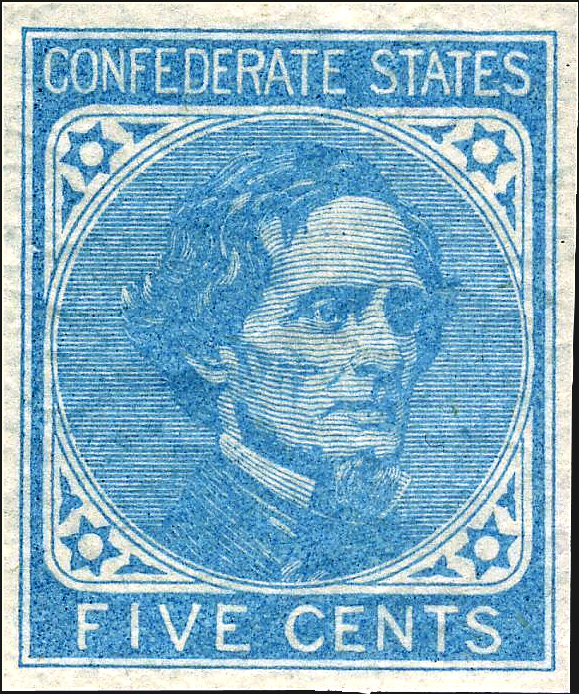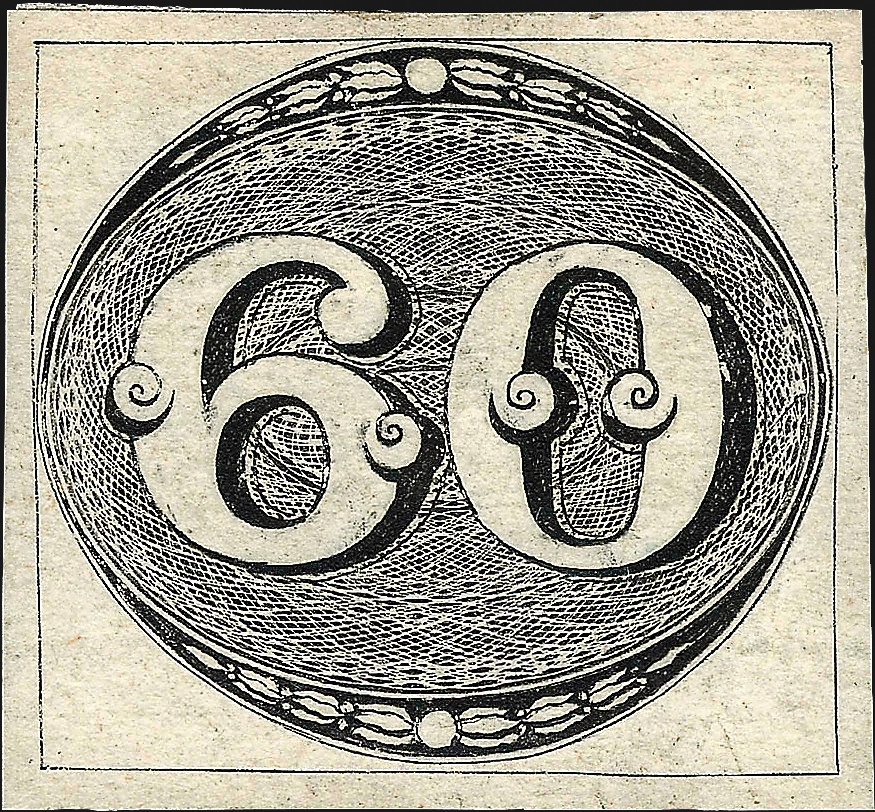World Stamps
Stamp Market Tips: Early Brazil is in demand
Brazil — The first Brazilian stamp issue, the Numeral stamps of Aug. 1, 1843 (Scott 1-3), is in high demand at the moment. These are known to collectors as the Brazilian Bull’s-Eye stamps.
The 2015 Scott Classic Specialized Catalogue of Stamps and Covers 1840-1940 values the stamps in unused no gum condition as follows: the 30-reis stamp at $4,500, the 60r at $600, and the 90r at $4,000.
Most unused examples are without gum. Stamps with some original gum remaining command a premium.
Stamps in used condition are valued at $550 for the 30r stamp, $300 for the 60r, and $1,400 for the 90r.
The 60r stamp with fine impression (Scott 2) is a good buy in used condition at $200 or more.
Read what the Scott Classic Specialized catalog has to say about stamps with intermediate impressions (Scott 1a-3a) and worn impressions (Scott 1b-3b). They are worth less than examples with fine impressions.
Most of the stamps were printed on grayish to yellowish paper, but some of the printing was on white paper. White paper examples command a premium.
When buying, be sure to use watermark fluid to check for faults or repairs. Forgeries exist, but they are generally printed by lithography and can be detected by their smooth surfaces. The genuine stamps are engraved.
Tip of the week
Confederate States of America — Unlike its northern counterpart, the Confederacy chose early on to commemorate its living president on its postage stamps. The Confederate government ordered a 5¢ light blue Jefferson Davis stamp (Scott 6) printed by typography from De La Rue & Co., London, England.
The stamps were printed on hard medium paper with light gum evenly distributed. The stamp color is bright blue, and the impressions are clear. The stamps and plates for printing more were delivered to the Confederacy by blockade runners and probably issued in April 1862. The earliest known usage is April 16, 1862.
Archer & Daly of Richmond, Va., used the De La Rue plates to print more stamps locally. The locally produced stamps (Scott 7) were on thin to thick paper with unevenly distributed gum that varies in color from light to dark.
The impressions on the locally printed stamps are coarser, and the color is dull and often blurred. The locally printed stamps were issued in July 1862.
The 2015 Scott Specialized Catalogue of United States Stamps and Covers values the locally printed stamp at $20 in unused original gum condition and $10 in unused no-gum condition. The stamp in unused original gum condition stamp is a good buy at Scott catalog value, and unused no-gum examples are a good buy at up to $12. Stamps in unused original gum condition with no evidence of hinging bring a premium. — H.G. & R.M.
More from Linns.com:
Two Inverted Jennies hammered down in separate auctions in Febuary
Bidding war drives 22 cent Prexie solo cover to $4,050 eBay
Postal Service delays rate increase
Two examples of rare rotary press sheet waste stamps sold in separate auctions
Stamp Market Tips: U.S. Bicycle local can be a good buy
Keep up with all of Linns.com's news and insights by signing up for our free eNewsletters, liking us on Facebook, and following us on Twitter. We're also on Instagram!
MORE RELATED ARTICLES
Headlines
-
US Stamps
Oct 7, 2024, 3 PMMcMurtrie dismissed as APS education director following Sept. 21 arrest
-
US Stamps
Oct 7, 2024, 12 PMVasiliauskas named president of Mystic Stamp Co.
-
US Stamps
Oct 6, 2024, 5 PMApgar souvenir card available
-
US Stamps
Oct 6, 2024, 4 PMFirst Continental Congress and U.N. stamps receive Scott catalog numbers







